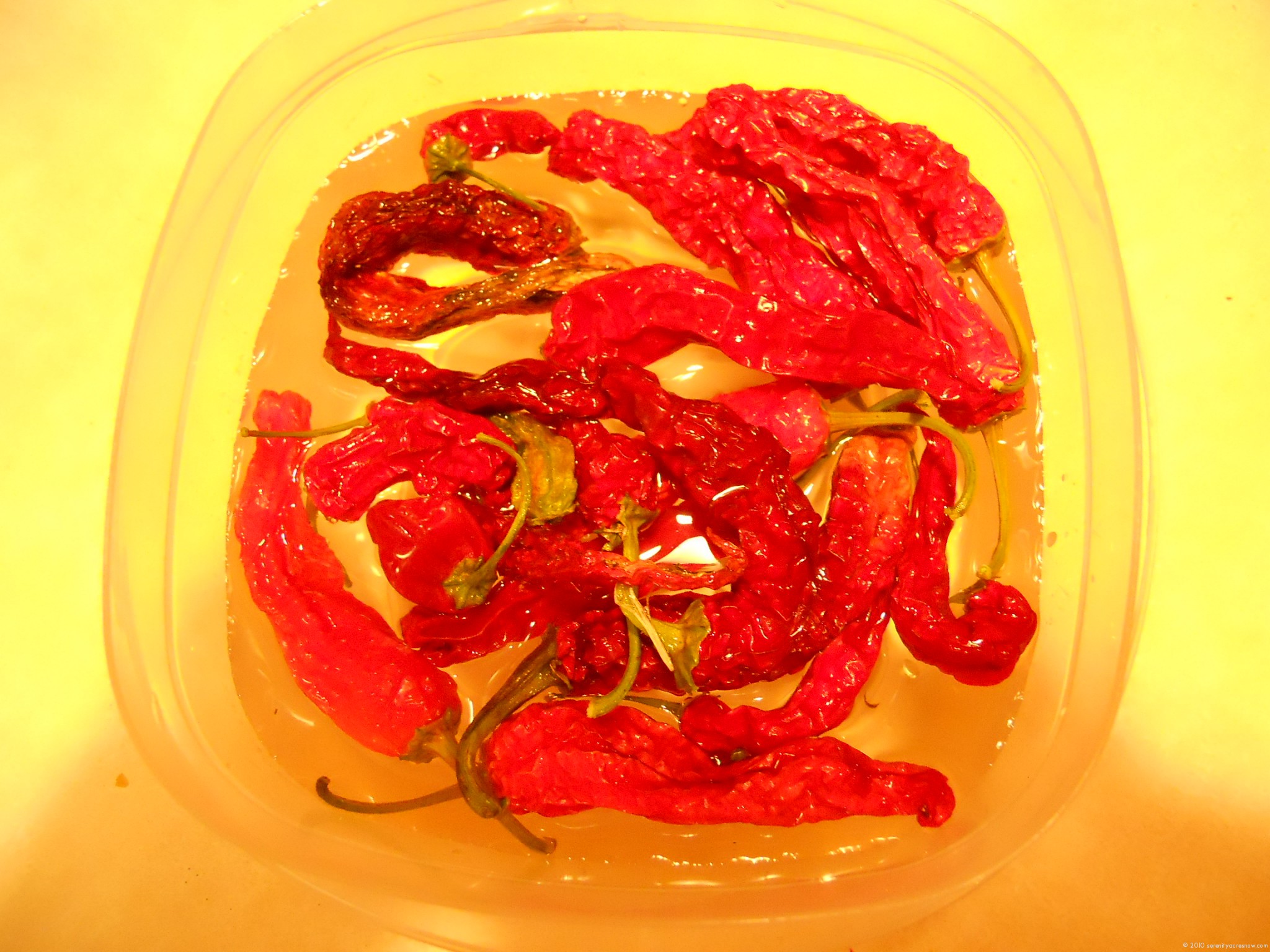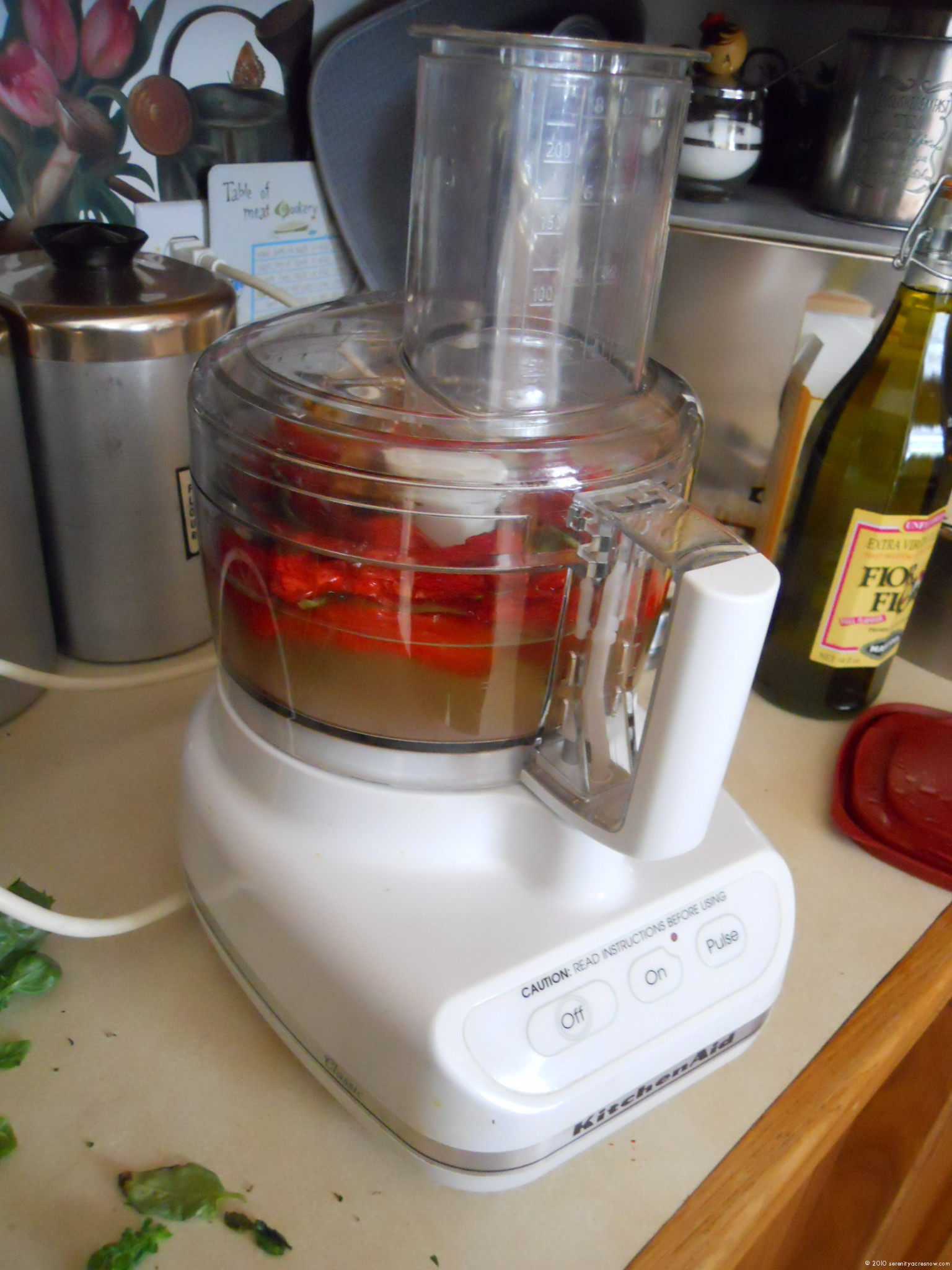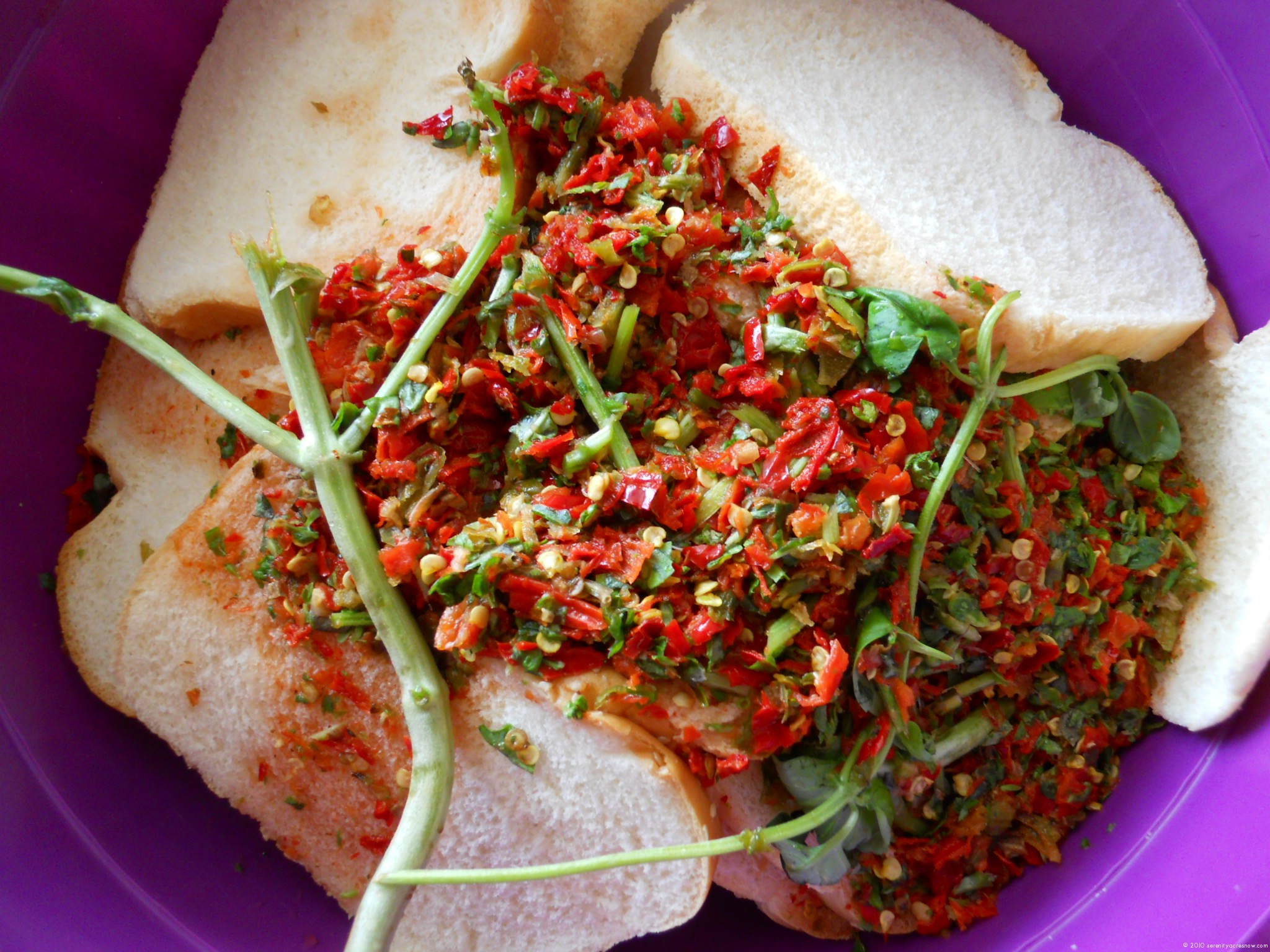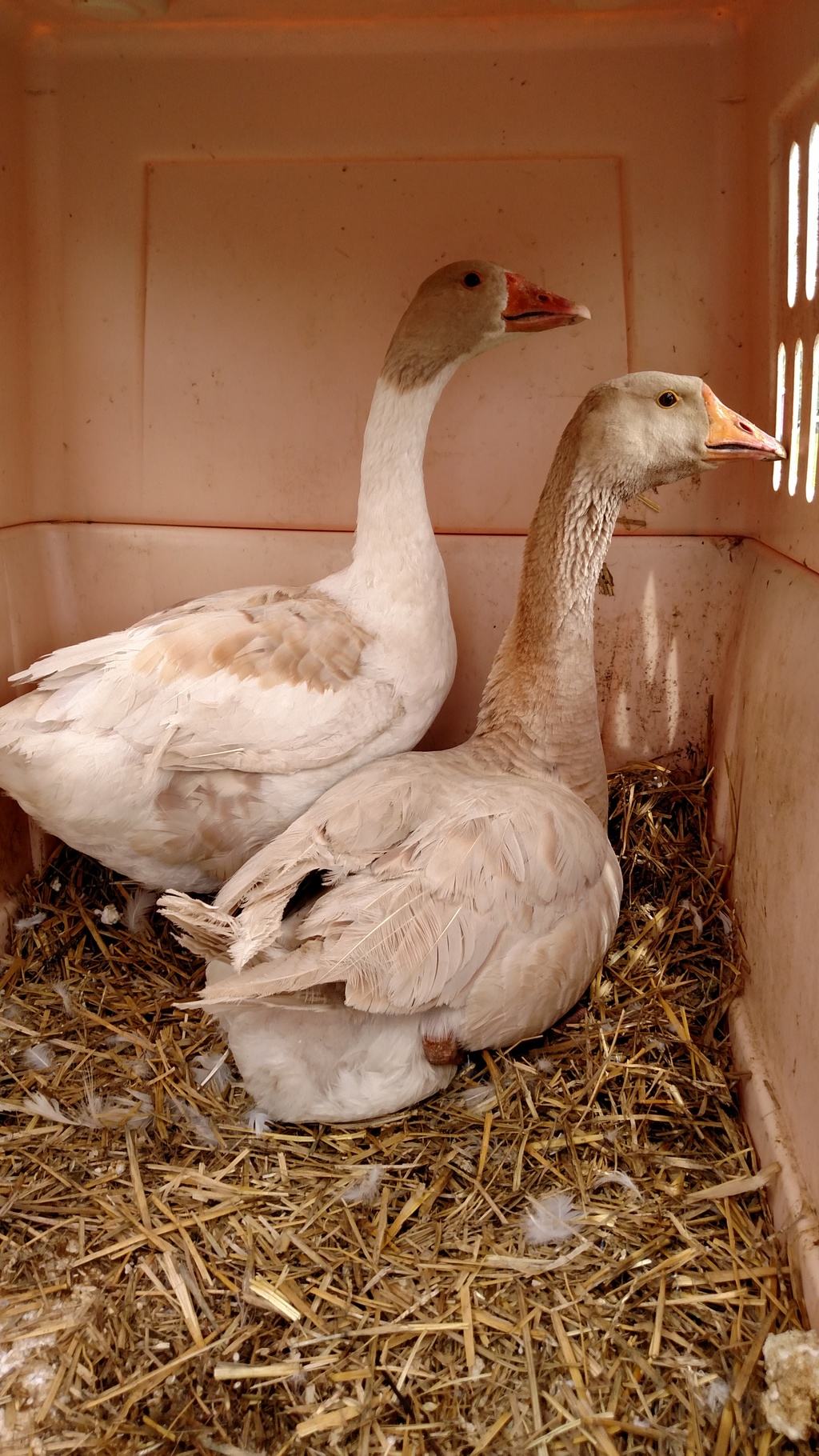This winter has brought consistently colder temperatures than most recent ones, or at least, it sure seems like it. Perhaps we are just more aware of the colder temps because of our concerns about our animals out in the barn and coop. Regardless of whether the cold is “normal” or not, though, we have plenty of concerns that are well-founded – keeping the animal’s shelters dry and free from drafts, preventing their water from freezing, and keeping their internal furnaces operating optimally so that their core temperatures can be maintained properly. It’s that last item I wanted to talk about today.
The goats are eating mostly hay these days, as that’s what fills them up and keeps their rumens going so that they stay warm. They get an occasional grain treat perhaps once or twice a week, but that’s it. Once we start milking them, I’m sure we will have to bribe them up onto the stand with a bucket of grain, but for now, hay it is!
The chickens are vexed with having to spend so much time indoors, but it’s just too cold to give them an all-access pass to the outdoors. I usually open up the coop after lunch, thus limiting their total outdoor (and cold exposure) time to about 4-5 hours a day maximum. We would obviously prefer to have them outside more often than not, but I’ve read too much about frostbitten chicken feet to take risks in this weather, particularly with all of the snow we have.
Saturday morning, I plowed the area immediately in front of their coop door, scraping almost down to the grass underneath. Later that afternoon, we brought them a special treat when we opened up their door. I’ve read in a few places that an Old Tyme farmer’s trick to help keep their birds warm through the winter was to feed them spicy stuff – ground pepper on soggy bread, or ground up hot peppers on the same. Our Hot Portugal pepper plants were the most prolific growers in the garden last year, and I have a lot of them that I dehydrated and then froze, so I pulled a bag of them out from the freezer and soaked them for a few days in water in a sealed container.
They didn’t rehydrate a lot, but the water was infused with a lot of pepper, so I figured it would be good to use as the water to create the soggy bread. I poured it all into my food processor. Here was my first mistake. This should have been done in batches. Little did I realize.
It zipped along, those super-sharp blades making short work of it all.
George had pruned some branches off of the hydroponic basil plant and I thought I’d add those as well, and started breaking them up and putting them into the feeder tube on the processor. Apparently this threw things off balance, and that food processor started throwing a temper tantrum on the counter, bouncing around everywhere! With the pusher piece out, of course. So the feeder tube just acted like a small cannon, firing hot pepper seeds, mush, and juice everywhere. Including all over me. And the camera. George came running into the kitchen asking, “What happened?” I stood in shock, coated in pepper detritus. Mind you, I was trying to clean up the camera simultaneous to him setting up a triage area, so there is only one photo showing you the damage. It extended further than this area, all the way up to the ceiling. Yuck.
However, much of it was salvaged and dumped on top of the bread. It’s quite colorful, I’ll give it that! But of course, I would advise that anyone performing an operation such as this do so in several small batches, if they wish to avoid the fate you see above.
After what I had just endured to create the treat, I was hoping for a more enthusiastic response from the flock, but they gave it quite a low-key reception. Of course, I think that the cold and snow are still just confusing to them, so that may have played a role, too.
Eventually, though, they came out and had a look-see. There was some leftover spaghetti and rolls amongst the pepper bread, and frankly, they seemed far more delighted with the noodles than anything else. So they might get peppered noodles next time. They did give the pepper bread the ole college try, though.
 If you are concerned about your chickens staying warm, you might add a bit of pepper to their diet – be careful how much, though, as you don’t want spicy eggs. 🙂
If you are concerned about your chickens staying warm, you might add a bit of pepper to their diet – be careful how much, though, as you don’t want spicy eggs. 🙂
We hope you enjoy this blog and the antics of our farm. Please check out our fan page on Facebook and “like” it for special updates there, and if you use Twitter, by all means, please add us so we can tweet with you!











Leave a Reply